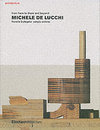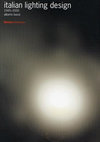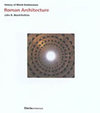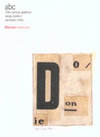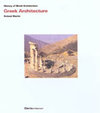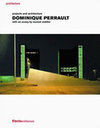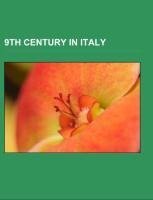
9th century in Italy
Source: Wikipedia. Pages: 45. Chapters: 9th-century Italian people, Charlemagne, Pope Leo III, Pope Formosus, Pope Adrian III, Pope Leo IV, Pope Boniface VI, Pope Paschal I, Pope Marinus I, Pope Stephen V, Pope Valentine, Pope Sergius II, Pope Romanus, Pope... Viac o knihe
Produkt je dočasne nedostupný
16.72 €
bežná cena: 19.00 €
O knihe
Source: Wikipedia. Pages: 45. Chapters: 9th-century Italian people, Charlemagne, Pope Leo III, Pope Formosus, Pope Adrian III, Pope Leo IV, Pope Boniface VI, Pope Paschal I, Pope Marinus I, Pope Stephen V, Pope Valentine, Pope Sergius II, Pope Romanus, Pope Eugene II, Pope Nicholas I, Guy III of Spoleto, Lambert II of Spoleto, Anastasius Bibliothecarius, Lambert I of Spoleto, Pope John VIII, Pepin of Italy, Giustiniano Participazio, Andreas Agnellus, Pandenulf of Capua, Landulf II of Capua, Sicard of Benevento, Agnello Participazio, Guy IV of Spoleto, Athanasius of Naples, Giovanni Galbaio, Pietro Tribuno, Obelerio degli Antenori, Atenulf I of Capua, Catellus of Castellammare, Guaimar I of Salerno, Lando I of Capua, Giovanni I Participazio, Guaifer of Salerno, Pietro I Candiano, Sico of Benevento, Grimoald III of Benevento, Johannes Hymonides, Landulf I of Capua, Lando III of Capua, Radelchis I of Benevento, Adelchis of Benevento, Lambert I of Nantes, Siconulf of Salerno, Giovanni II Participazio, Guy II of Spoleto, Pando of Capua, Euphemius, Guy I of Spoleto, Sack of Rome, Walfred of Friuli, Suppo II of Spoleto, Lando II of Capua, Grimoald IV of Benevento, Landenulf I of Capua, Anthimus of Naples, Andreas of Bergamo, Adelchis I of Spoleto, Aiulf II of Benevento, Sico of Salerno, Adhemar of Salerno, Guaifer of Benevento, Ursus of Benevento, Erchempert, Contardus of Naples, Marinus I of Gaeta, Stephen, Prefect of Amalfi, Manso, Prefect of Amalfi, Radelgar of Benevento, Adelard of Spoleto, Peter of Salerno. Excerpt: Charlemagne ( , also ; French pronunciation: ; German: ; Latin: , meaning Charles the Great; possibly 742 - 28 January 814) was King of the Franks from 768 and Emperor of the Romans (Imperator Romanorum) from 800 to his death in 814. He expanded the Frankish kingdom into an empire that incorporated much of Western and Central Europe. During his reign, he conquered Italy and was crowned by Pope Leo III on 25 December 800. His rule is also associated with the Carolingian Renaissance, a revival of art, religion, and culture through the medium of the Catholic Church. Through his foreign conquests and internal reforms, Charlemagne helped define both Western Europe and the Middle Ages. He is numbered as Charles I in the regnal lists of Germany, the Holy Roman Empire, and France. The son of King Pepin the Short and Bertrada of Laon, a Frankish queen, he succeeded his father in 768 and was initially co-ruler with his brother Carloman I. It has often been suggested that the relationship between Charlemagne and Carloman was not good, but it has also been argued that tensions were exaggerated by Carolingian chroniclers. Nevertheless conflict was prevented by the sudden death of Carloman in 771, in unexplained circumstances. Charlemagne continued the policy of his father towards the papacy and became its protector, removing the Lombards from power in Italy, and leading an incursion into Muslim Spain, to which he was invited by the Muslim governor of Barcelona. Charlemagne was promised several Iberian cities in return for giving military aid to the governor; however, the deal was withdrawn. Subsequently, Charlemagne's retreating army experienced its worst defeat at the hands of the Basques, at the Battle of Roncesvalles (778) (memorialised, although heavily fictionalised, in the Song of Roland). He also campaigned against the peoples to his east, especially the Saxons, and after a protracted war subjected them to his rule. By forcibly Chri...
- Vydavateľstvo: Books LLC
- Formát: Paperback
- Jazyk:
- ISBN: 9781233051502

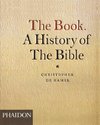
 Anglický jazyk
Anglický jazyk 


